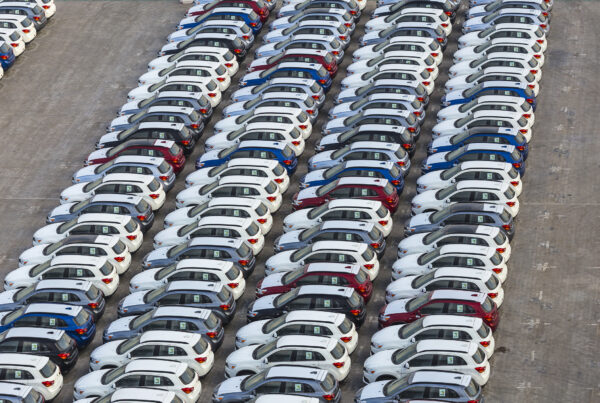At the 2022 Australasian fleet conference and exhibition a panel of speakers discussed the future of the hydrogen industry in Australia and its place in achieving the net zero emissions target.
The panel featured:
- Patrick Luxton, GM of Hydrogen at Ampol
- Neil Wang, CEO of Foton Mobility
- Tony Blackie the Vice President, Corporate Relations at H2X Global Ltd
- Scott Nargar, Director, Australian Hydrogen Council and Manager of Future Mobility & Government Relations, Hyundai Motor Company Australia
The Australian Government has invested $1.4 billion into the hydrogen industry to position Australia as a major player globally by 2030. As a fuel, it produces no carbon emissions, only water and can be used to fuel cells that generate electricity to power cars, trucks, buses, and trains.
“Australia has vast amount of uninhabited land, very high sunshine hours, coupled with good wind dynamics that all combine to make it very low-cost renewable energy generator, other countries do not have the same natural resources,” Patrick Luxton said
“Australia has a chance to become an energy giant, to produce and export hydrogen, there are major companies producing hydrogen like Pure Hydrogen who are providing for the domestic and international markets. Our ability to make green hydrogen on a large scale means other countries which don’t have our geographic and climate advantages will buy from us,” Tony Blackie said.
“Hydrogen production has two main sources; natural gas or using electricity to split water. Natural gas is converted to hydrogen via Steam Methane Reforming (SMR), this leaves the carbon to be emitted or captured. Electrolysis is the process of splitting water to create hydrogen and oxygen. If the electricity is sourced from renewable energy, then the hydrogen can be considered renewable, if the electricity comes from other sources, then the hydrogen created will have its own carbon intensity,” Patrick Luxton said.
“Green hydrogen could be by solar farm or wind farm. We believe use the off-peak capacity of wind farm or solar farm is the cheapest way to make green hydrogen,” Neil Wang said.
The panel discussed the shared future of electric vehicles and hydrogen fuelled vehicles as an evolution process.
“One is not better than the other, each has their own applications,” Tony Blackie said.
Roads are predicted to share both as customers and fleets will have different needs and will depend on which is more viable for them.
“There is a place for both, and the vehicle type will depend on the application. Generally, light passenger will better suit BEV and heavy trucks will be better serviced by FCEV,” Patrick Luxton said.
“There is at this time, space for both. Obviously from our perspective (H2XGlobal) we see the market as encompassing all vehicles. We have on the drawing board SUV’s small to medium vans all the way up to heavy trucks, boats/ferries, yachts etc, trains, plans and automobiles,” Tony Blackie said.
Want to hear more about this panel discussion? Click here to access the audio recording and the slide show deck from the Conference.
Interested to join us at next year’s conference on the 23rd & 24th May 2023? You can start booking your tickets at this years prices click here book, available until June 30.
Did you find this article helpful? Please give it a ‘like’ by clicking the heart button above.


















